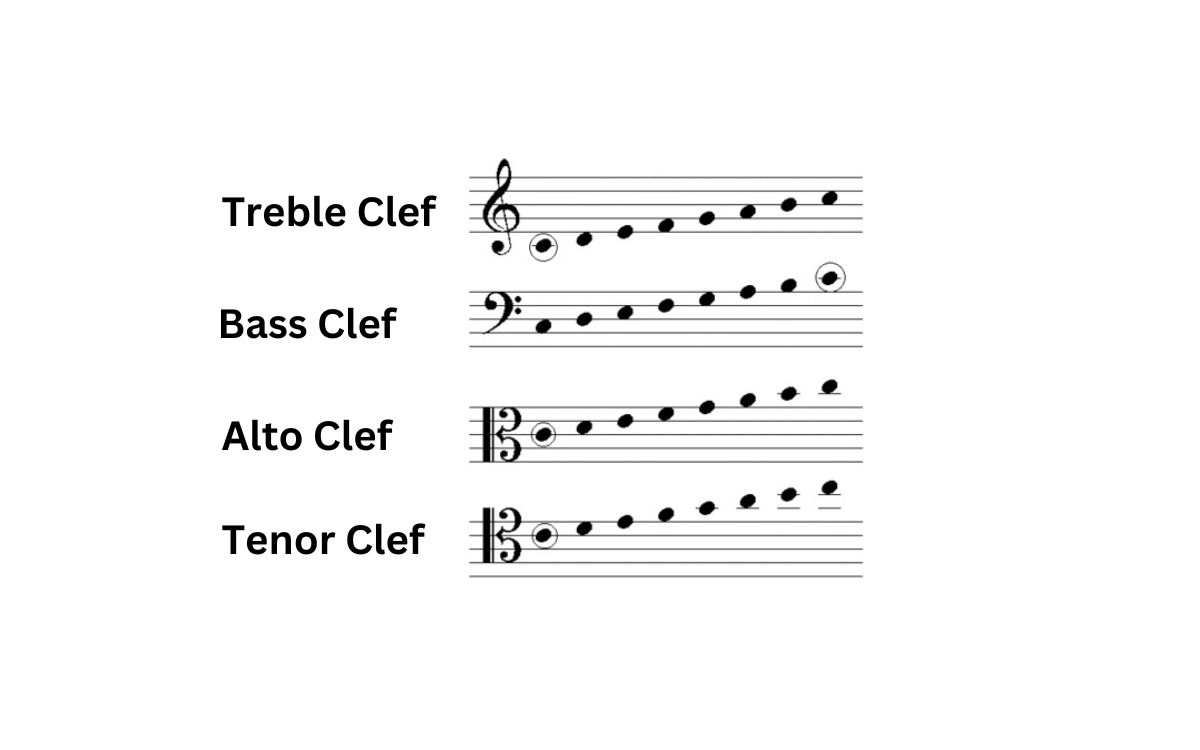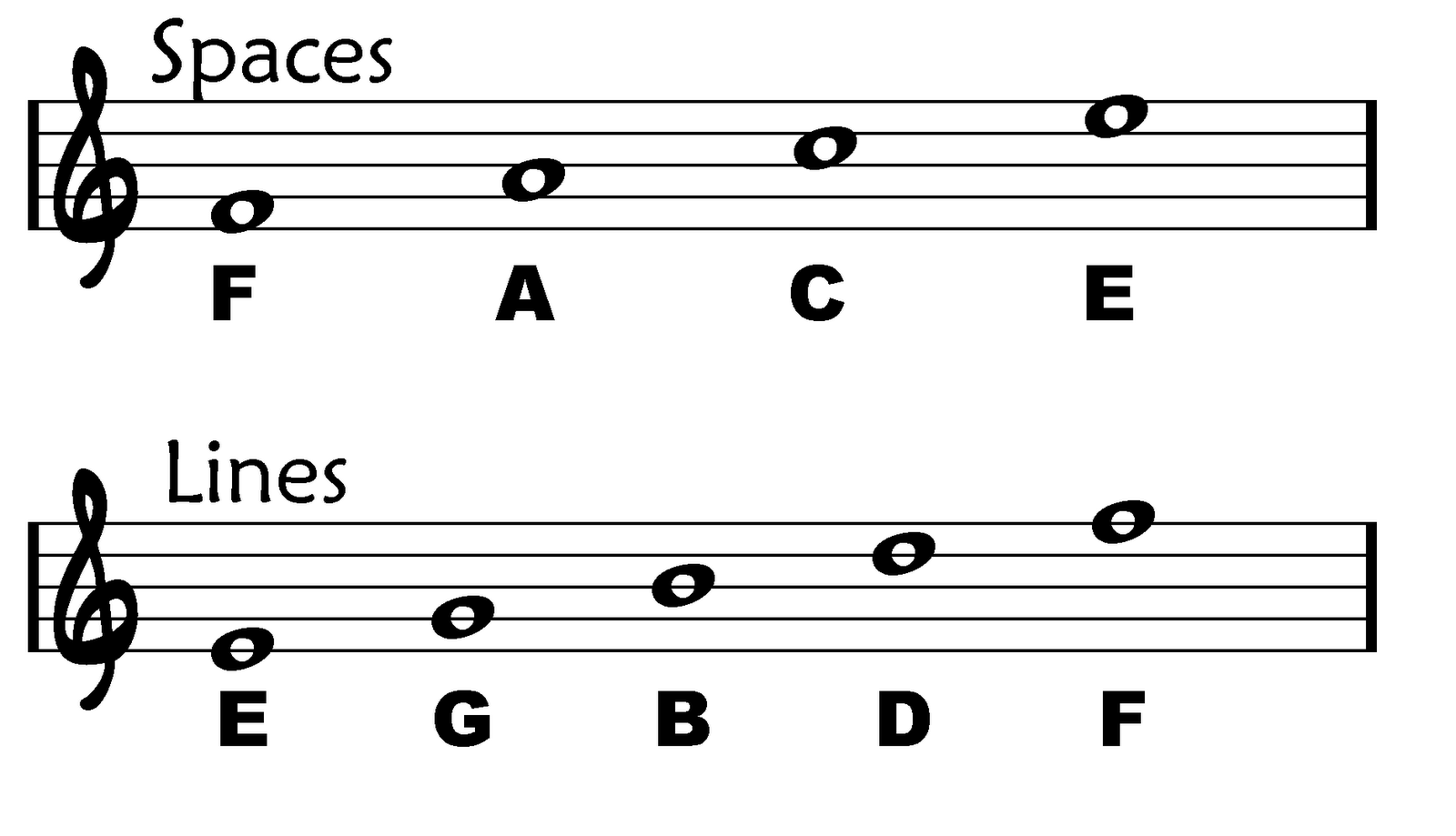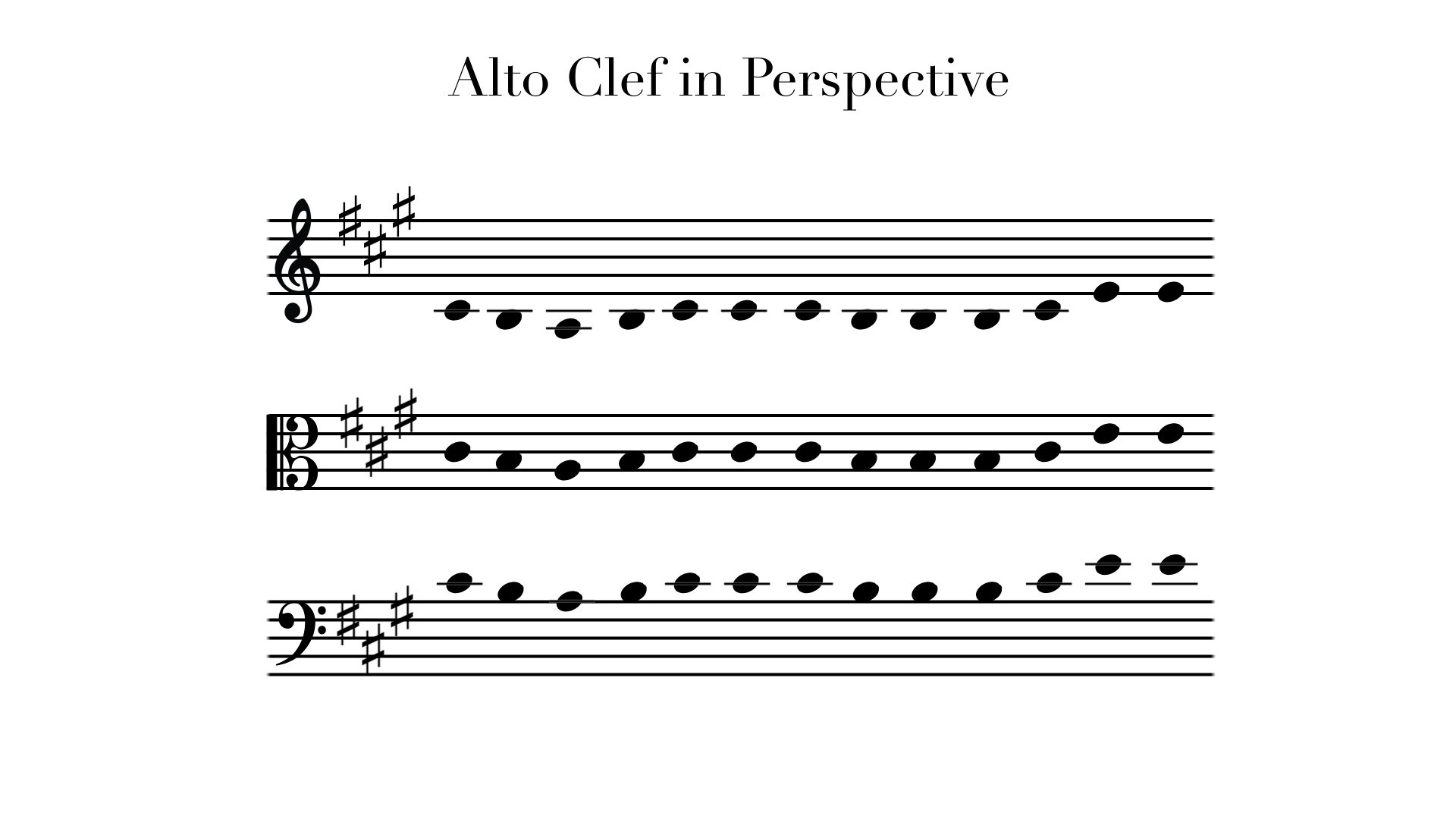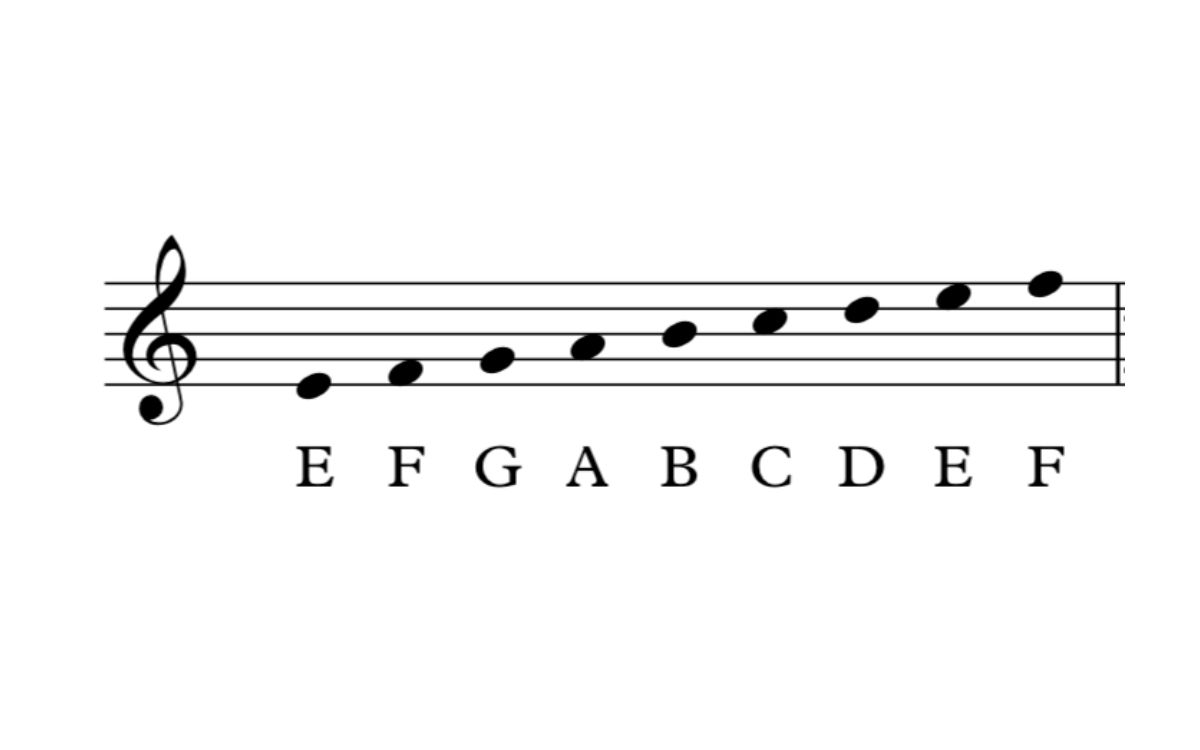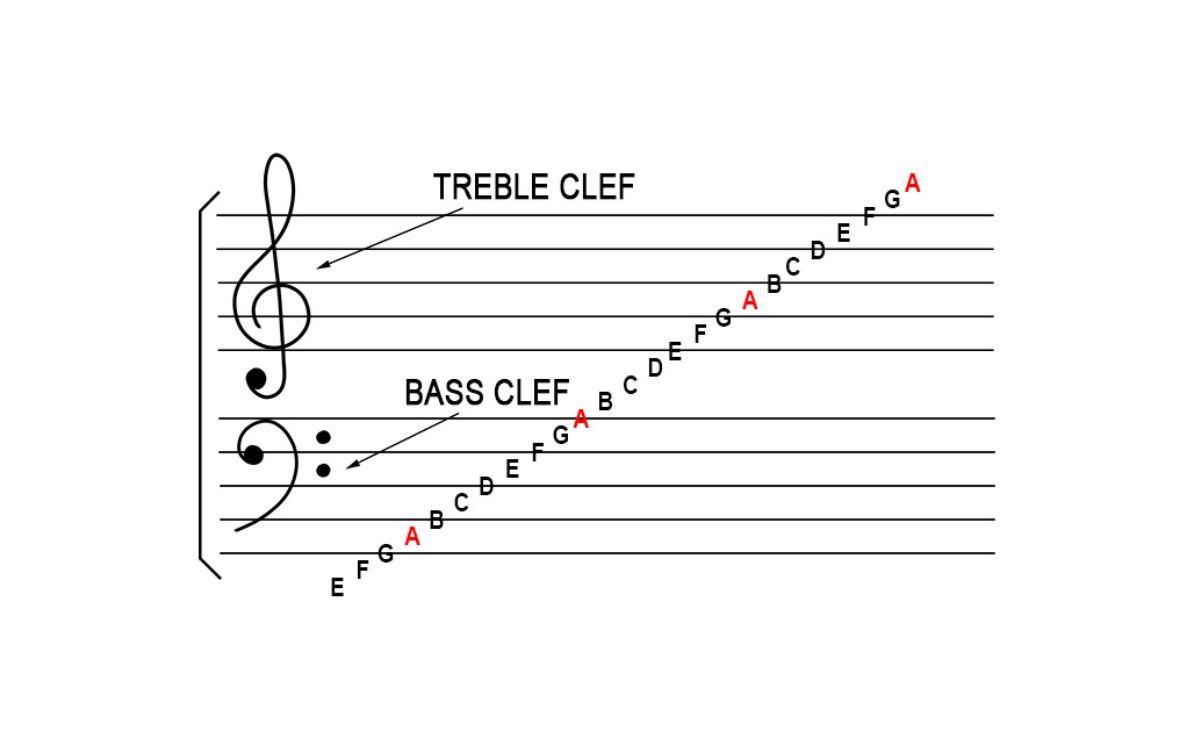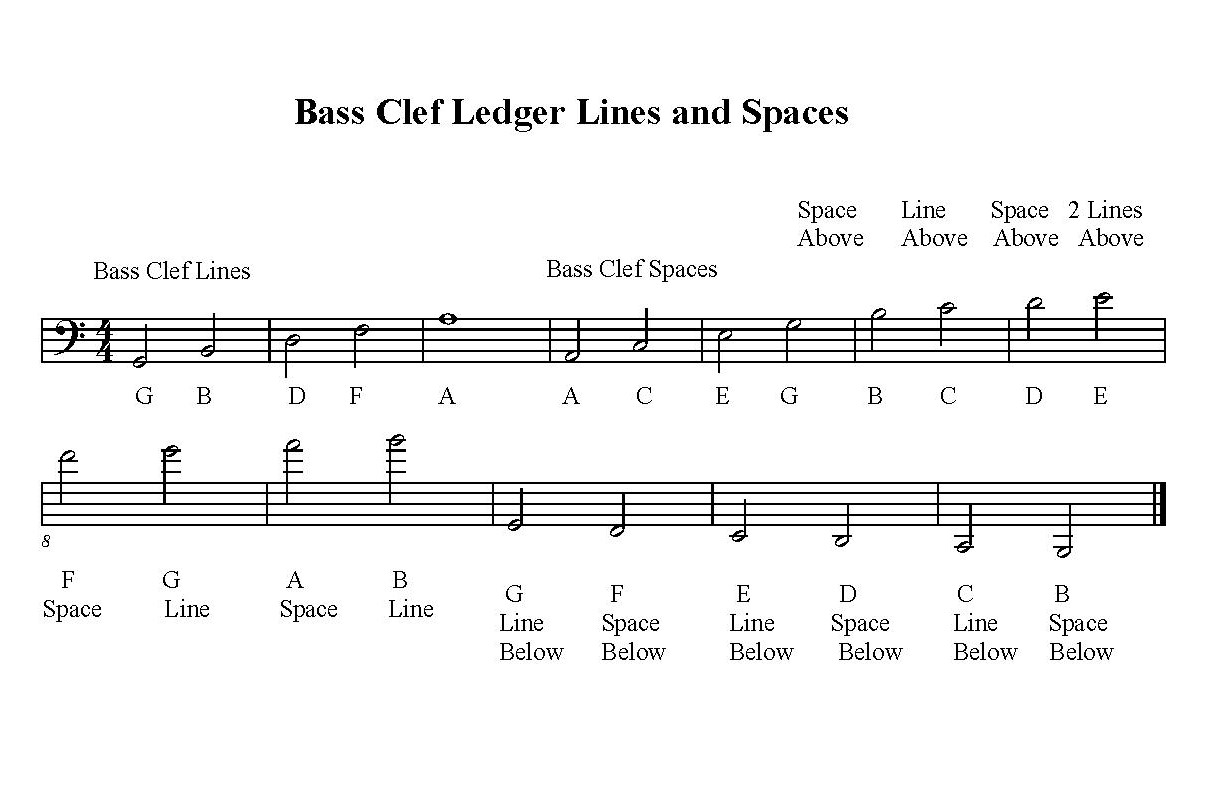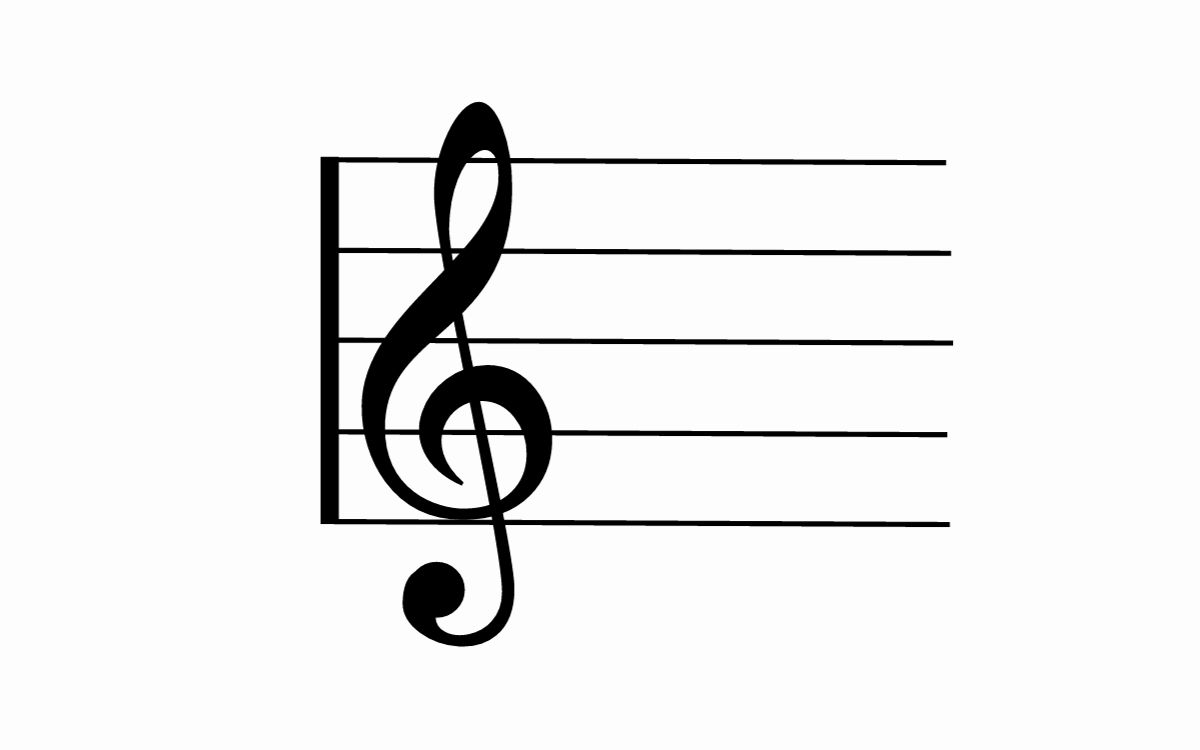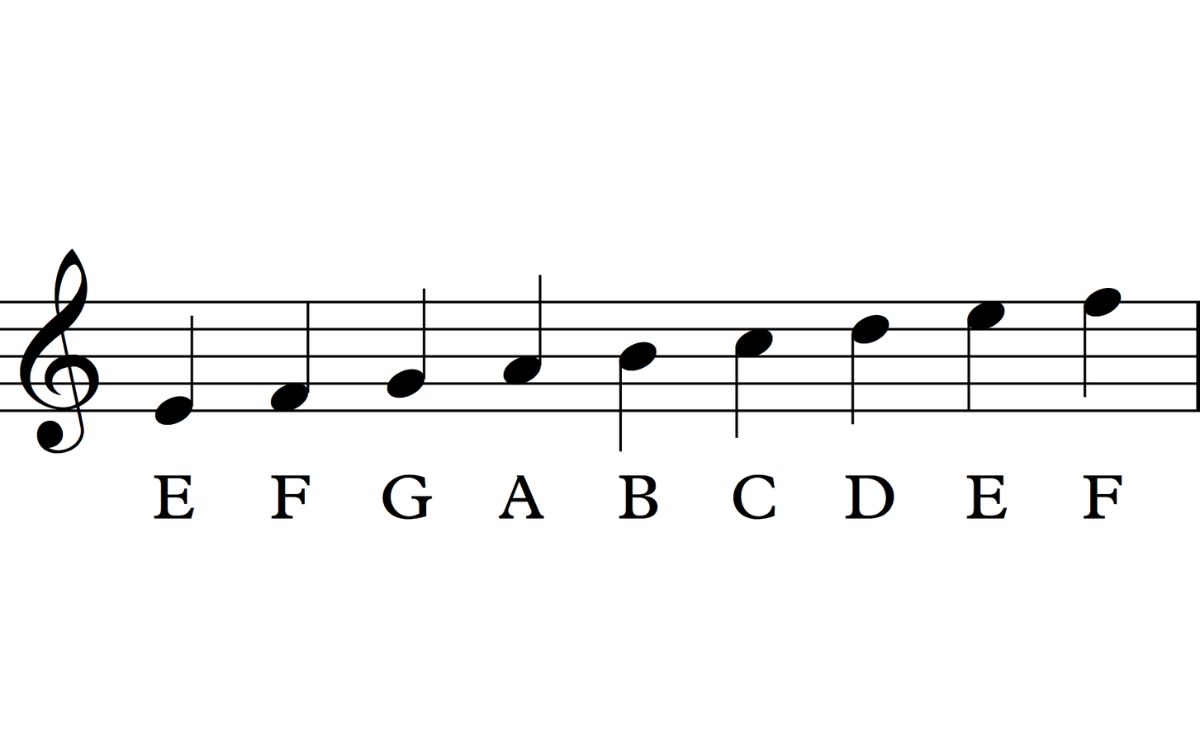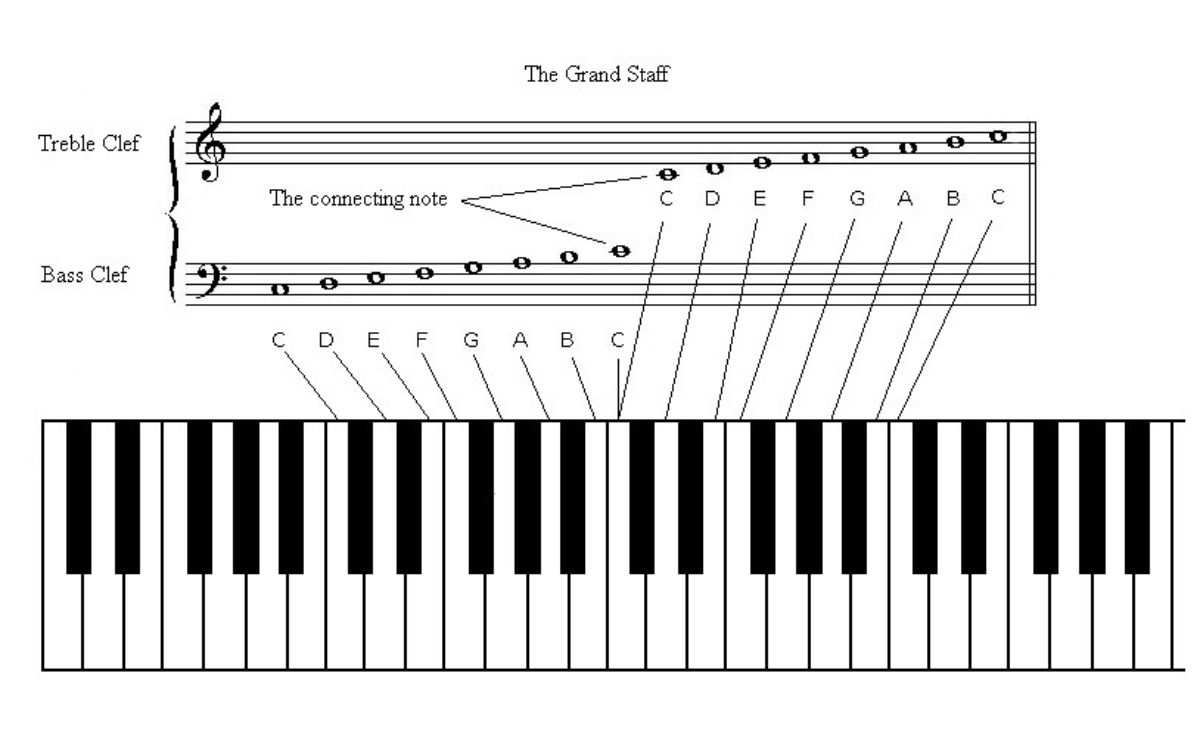Home>Production & Technology>Treble>How To Play Notes Of The Treble Clef On Guitar


Treble
How To Play Notes Of The Treble Clef On Guitar
Modified: January 28, 2024
Learn how to play the notes of the treble clef on guitar and master the treble melodies with our step-by-step guide. Start playing your favorite songs today!
(Many of the links in this article redirect to a specific reviewed product. Your purchase of these products through affiliate links helps to generate commission for AudioLover.com, at no extra cost. Learn more)
Table of Contents
Introduction
Playing the guitar is an incredibly rewarding and versatile musical skill. Whether you’re a beginner or an experienced player, expanding your repertoire and learning new techniques can be an exciting challenge. One area of guitar playing that can greatly enhance your musical abilities is understanding and playing notes from the treble clef.
The treble clef is one of the most commonly used musical notations, primarily used for instruments such as guitar, piano, violin, saxophone, and many others. It represents the higher range of pitches and is often played by the right hand on the guitar.
In this article, we will explore how to play the notes of the treble clef on the guitar. We will delve into the various techniques and strategies that can help you become proficient in playing melodies, solos, and chords from the treble clef.
Whether you are a beginner looking to expand your musical knowledge or an intermediate player aiming to improve your versatility, understanding how to play the notes of the treble clef on the guitar can elevate your playing to new heights.
So, let’s dive in and explore how to navigate the treble clef on the guitar, uncovering the secrets to playing beautiful melodies and captivating solos.
Understanding the Treble Clef
Before we begin playing the notes of the treble clef on the guitar, it’s essential to have a solid understanding of what the treble clef represents and how it functions in music notation.
The treble clef, also known as the G-clef, is a symbol placed at the beginning of the staff (a set of horizontal lines) in sheet music. It indicates the pitch range for higher-pitched instruments like the guitar. The treble clef symbol has a distinctive swirl or curve that wraps around the second line of the staff, representing the note G.
Each line and space on the staff denotes a specific pitch. Starting from the bottom line and moving upward, the lines on the treble clef represent the notes E, G, B, D, and F, while the spaces represent the notes F, A, C, and E. These notes correspond to the open strings and fret positions on the guitar.
Learning to read and interpret the treble clef is crucial for guitar players, as it allows you to play melodies, solos, and chords accurately from sheet music. By familiarizing yourself with the notes and positions on the treble clef, you will gain better control over your playing and be able to incorporate a wider range of musical expressions into your guitar compositions.
Additionally, understanding the treble clef will enable you to communicate and collaborate more effectively with other musicians. It serves as a standard notation system across various instruments, allowing you to easily share and play music with fellow guitarists, pianists, vocalists, and more.
To deepen your understanding of the treble clef, it’s beneficial to practice reading sheet music regularly. Start with simple melodies and gradually progress to more complex compositions. This practice will help you become familiar with the notes, rhythms, and phrasing of the treble clef, enhancing your overall musicality and guitar skills.
Now that we have a solid understanding of the treble clef, let’s move on to learning how to find the corresponding notes on the guitar for each pitch represented on the staff.
Finding the Corresponding Notes on Guitar
Once you have a good grasp of the treble clef and its notes, the next step is to find the corresponding positions and notes on the guitar fretboard. This will enable you to translate the sheet music to the instrument and play the melodies or chords accurately.
The guitar is a versatile instrument that allows you to play the same note in different positions and octaves. The notes of the treble clef can be played on different strings and frets, allowing for variations in tone and expression.
Here are some key points to keep in mind when finding the corresponding notes on the guitar:
- Open Strings: The open strings of the guitar – E, B, G, D, A, and E – correspond to the notes E, B, G, D, A, and E on the treble clef. These open string notes are the foundation for locating other notes on the guitar.
- Fret Positions: Each fret on the guitar represents a half step or one semitone. By moving up or down the fretboard, you can change the pitch of a note. For example, if you play the note E on the first fret of the first string, it will be F. Similarly, if you play the note F on the third fret of the first string, it will be G.
- Octaves: Guitarists commonly play the same note in different octaves to create a fuller sound or to accommodate specific fingerings. An octave refers to the same note higher or lower in pitch. You can find the same note in different octaves by moving up or down the fretboard or switching to a different string.
- Patterns and Shapes: The guitar fretboard has patterns and shapes that can help you locate specific notes quickly. For example, the octave pattern on the sixth string allows you to play the same note two strings below and two frets up. Learning these patterns can significantly improve your ability to find notes on the guitar.
Exploring and experimenting with different positions and fingerings will give you a wider range of options when playing the notes of the treble clef on the guitar. Take the time to practice and memorize the locations of the notes on the fretboard, starting with the open strings and gradually incorporating higher frets and string combinations into your playing.
By familiarizing yourself with the corresponding notes on the guitar, you’ll be ready to dive into playing melodies, solos, and chords from the treble clef. In the next section, we’ll explore different techniques and strategies for playing the notes of the treble clef on the guitar.
Playing the Notes of the Treble Clef on Guitar
Now that you have a solid understanding of the treble clef and have familiarized yourself with finding the corresponding notes on the guitar, it’s time to put that knowledge into practice and start playing!
Here are some techniques and strategies for playing the notes of the treble clef on the guitar:
- Melodies: To play melodies from the treble clef, start by identifying the notes in the sheet music. Find the corresponding positions on the guitar fretboard using the open strings and fret positions. Practice playing the melodies, focusing on accuracy and timing. As you become more comfortable, try incorporating slides, bends, and vibrato to add expression and dynamics to your playing.
- Solos: Soloing involves taking musical improvisation to another level. To play treble clef solos on the guitar, you can use scales and arpeggios that correspond to the notes in the sheet music. Learn and practice common scales such as the major scale, pentatonic scale, and blues scale in different positions and keys. These scales will give you a foundation for creating your solos and improvisations based on the treble clef notes.
- Chords: Understanding how to play chords from the treble clef is essential for accompanying other musicians or playing rhythm parts. Identify the chord symbols in the sheet music and find their corresponding positions on the guitar. You can learn common chord shapes and progressions that align with the treble clef notes. Practice transitioning between chords smoothly and experiment with different strumming patterns to add variety to your playing.
- Transposition: Transposition refers to changing the pitch of a piece of music to a different key. It can be useful if the original key is unsuitable for your voice or if you want to adapt a piece to fit your preferred guitar tuning. Understanding the treble clef notes and their corresponding positions on the guitar will make it easier to transpose music to different keys without losing the original melodic structure.
Remember, playing the notes of the treble clef on the guitar is a skill that requires practice and patience. Start with simple pieces and gradually work your way up to more complex compositions. Take advantage of resources like guitar tablature, sheet music, and online tutorials to help guide your learning process.
Don’t be afraid to experiment and inject your own personal style into your playing. Music is a creative outlet, and adding your unique touch to treble clef notes on the guitar will make your playing truly memorable.
Now that you have a strong foundation in playing the notes of the treble clef on the guitar, let’s explore some helpful tips and techniques to enhance your playing even further.
Tips and Techniques for Playing the Treble Clef Notes on Guitar
Mastering the notes of the treble clef on the guitar requires not only technical skill but also a keen understanding of musical expression. Here are some tips and techniques to help you elevate your playing and bring the treble clef notes to life:
- Practice with a Metronome: Timing is crucial when playing melodies, solos, and chords from the treble clef. Use a metronome to develop a steady rhythm and maintain consistent timing. Start practicing at a slow tempo and gradually increase the speed as you become more comfortable. This will improve your accuracy and help you lock in with other musicians when playing in an ensemble.
- Develop Finger Independence: The ability to maneuver your fingers independently on the guitar is essential for playing intricate treble clef melodies and solos. Incorporate exercises that focus on finger independence into your daily practice routine. This will improve your dexterity and allow you to navigate the fretboard effortlessly.
- Experiment with Articulation: Articulation refers to the way you play each note, including techniques like hammer-ons, pull-offs, slides, and bends. Experiment with different articulation techniques to add nuances and expressiveness to your playing. For example, you can use a slide to smoothly transition between two notes or incorporate bends to add a touch of bluesy vibrato.
- Become Familiar with Music Theory: Understanding music theory will greatly enhance your ability to interpret and play treble clef notes on the guitar. Learn about key signatures, intervals, and chord progressions to gain a deeper understanding of how different notes and scales relate to one another. This knowledge will enable you to make informed musical choices and improvise with confidence.
- Develop Ear Training: Ear training is an invaluable skill for any musician. Train your ears to recognize the notes of the treble clef by listening to melodies, solos, and chords played on different instruments. Practice playing the melodies by ear on your guitar without relying on sheet music. This will help strengthen your musical ear and improve your ability to play by ear.
- Perform Regular Sight-Reading Exercises: Sight-reading is the ability to read and play music on the spot without prior practice. Incorporate sight-reading exercises into your practice routine to improve your ability to quickly interpret and play treble clef notes on the guitar. Start with simple melodies and gradually progress to more complex compositions.
Remember that learning to play the treble clef notes on the guitar is a journey, and it takes time and dedication to develop proficiency. Be patient with yourself and celebrate small victories along the way. Surround yourself with fellow musicians who can provide guidance and support, and don’t hesitate to seek professional lessons if needed.
By incorporating these tips and techniques into your practice routine, you’ll build a solid foundation of treble clef knowledge and discover new possibilities for musical expression on the guitar.
Now, armed with these valuable tips and techniques, you’re ready to embark on your musical journey and make the treble clef notes on the guitar truly come alive!
Conclusion
Learning to play the notes of the treble clef on the guitar is a rewarding and enriching experience. It opens up a world of possibilities for playing melodies, solos, and chords, and allows you to communicate and collaborate with other musicians using a common notation system.
Throughout this article, we have explored the fundamentals of understanding the treble clef and finding the corresponding notes on the guitar fretboard. We have delved into techniques for playing melodies, solos, and chords from the treble clef, and we have shared tips and strategies to enhance your playing and musical expression.
Remember, mastering the treble clef notes on the guitar takes time, practice, and a persistent dedication to improving your skills. But with each practice session, you’re one step closer to becoming a proficient player who can captivate audiences with beautiful music.
As you continue on your musical journey, don’t be afraid to explore, experiment, and inject your own creativity into your playing. Music is an art form that allows for personal expression, and by embracing your unique style, you’ll develop a distinct voice as a guitarist.
Stay curious and keep seeking new knowledge and inspiration. Surround yourself with other musicians, attend live performances, and listen to a diverse range of musical genres. This will broaden your musical horizons and inspire you to push the boundaries of your playing.
The treble clef is just one of many avenues to explore on the guitar. Embrace the joy of learning and continuously challenge yourself to grow as a musician. Whether you’re playing in a band, performing solo, or simply strumming for your own enjoyment, playing the notes of the treble clef on the guitar will bring you a sense of accomplishment and fulfillment.
So, grab your guitar, dive into the treble clef, and let the music guide you on an exciting and fulfilling musical journey. With dedication, practice, and a love for the craft, you’ll become the guitarist you aspire to be.

